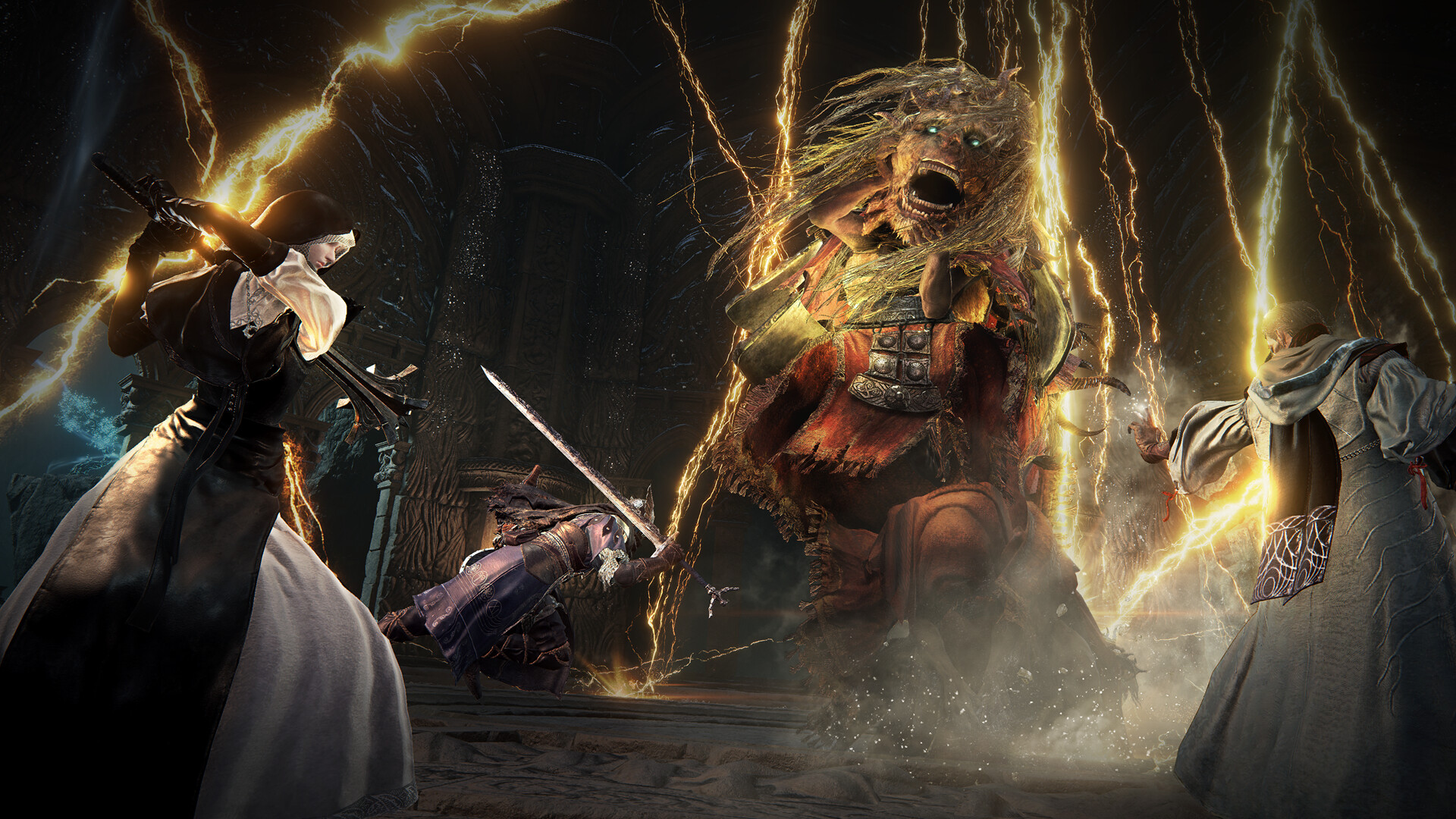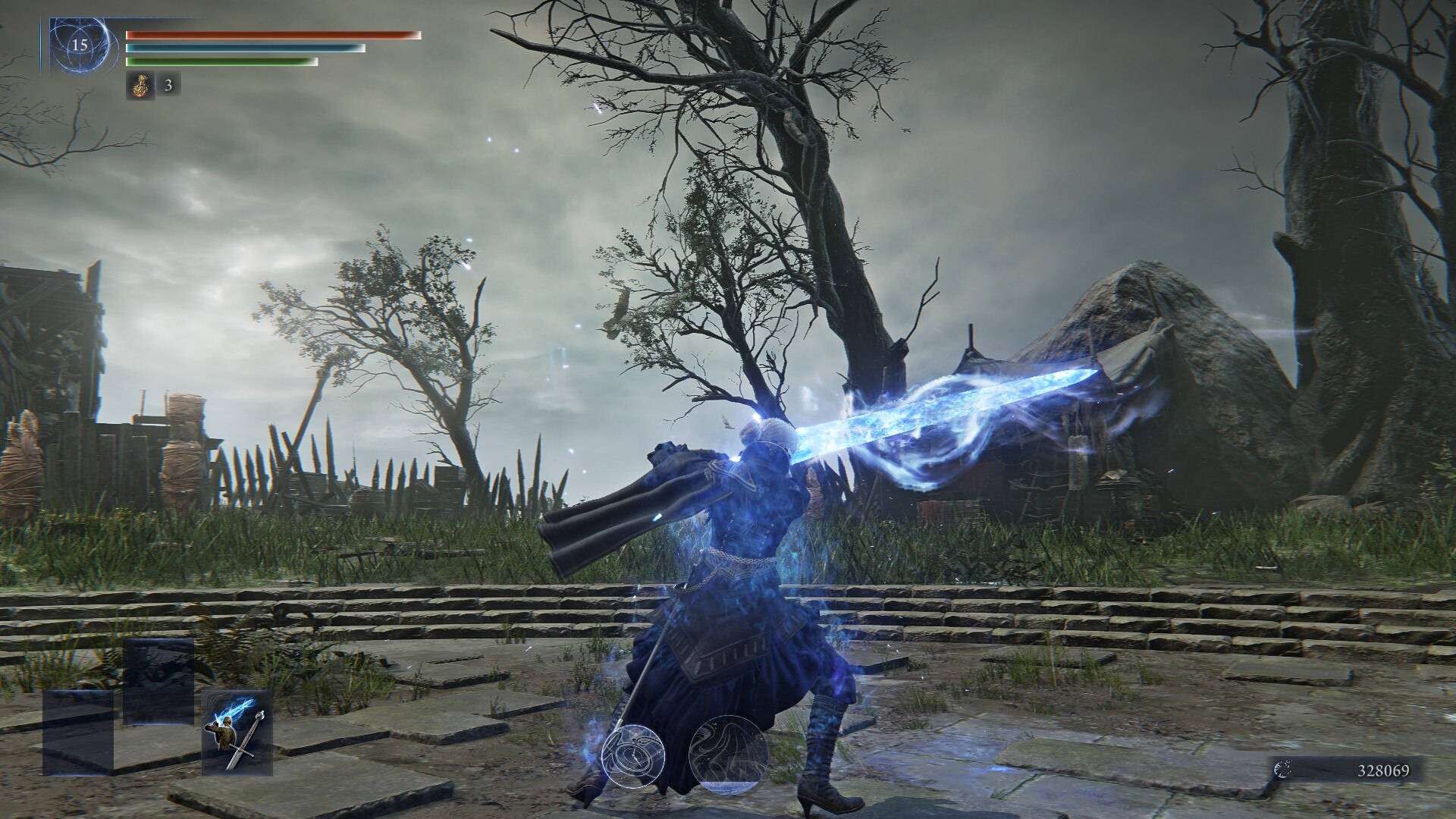In our review of Elden Ring Nightreign, we will explain how the game mixes souls-like and rogue-like elements for a very unique experience.
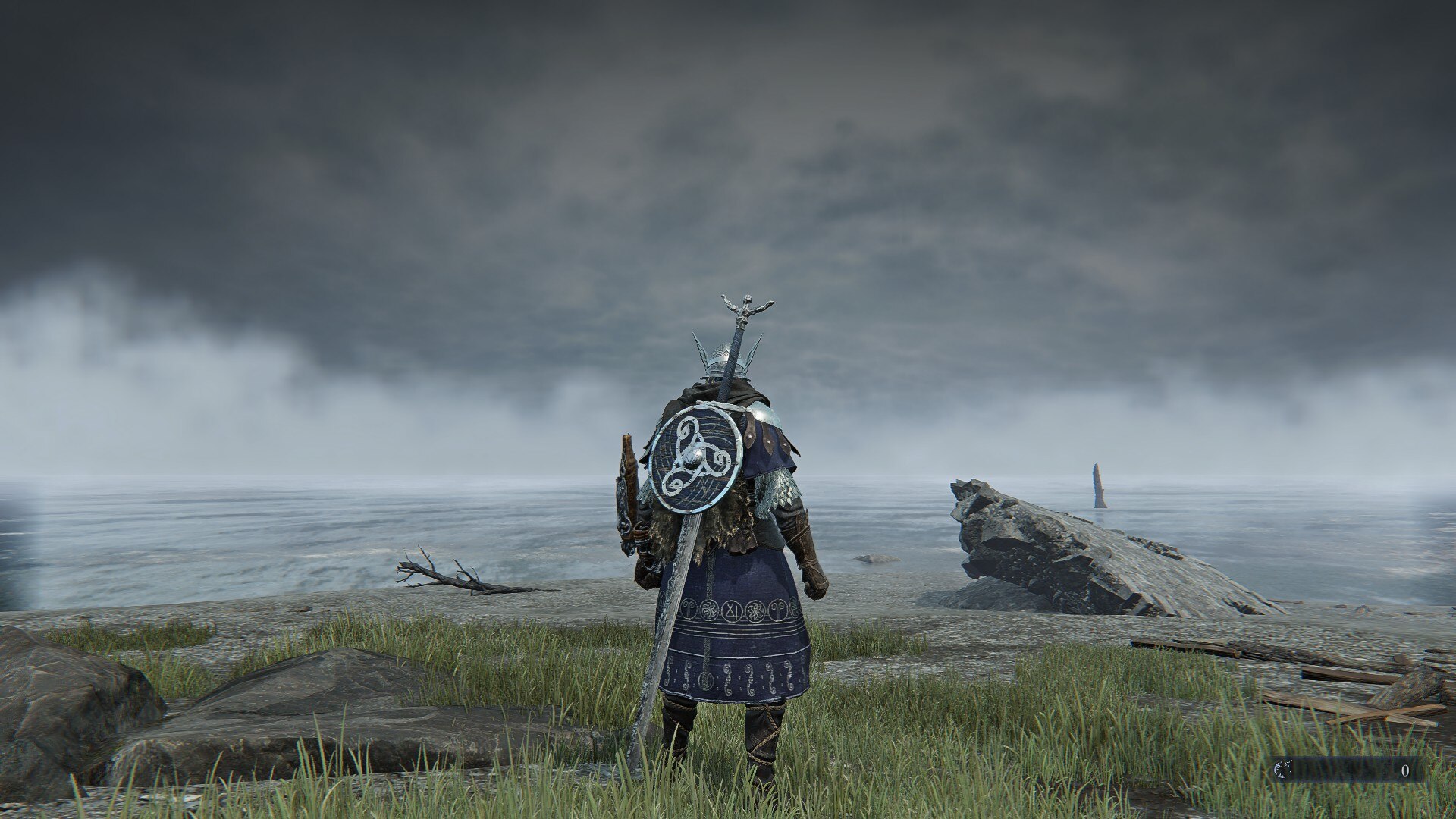
With Elden Ring Nightreign, FromSoftware is trying to do something that both intrigued and worried me, at the same time. Ever since its announcement, the game has been mostly termed an “asset flip” by most players. However, having played the game for over 60 hours, I can confirm that Nightreign is far more than what it seems.
While it might not reach the overwhelming highs of its predecessor, it’s pretty good at what it has to offer, i.e., an incredibly fun and addicting co-op souls-like/rogue-like adventure. While the game might not click with everyone, it certainly has a place in FromSoftware’s catalog, offering something genuinely unique and riveting.
- Developer: FromSoftware
- Publisher: Bandai Namco Entertainment
- Release Date: May 30, 2025
- Platforms: PC, PS5, PS4, Xbox Series X|S, Xbox One
- Reviewed On: PC
Elden Ring Nightreign isn’t a traditional FromSoftware game, and I think that is going to put some fans off. However, if you’re willing to go with an open mind, I think there’s a lot of fun to be had with FromSoftware’s latest offering. It’s a polished package of everything fans love about FromSoftware’s games, albeit with a rogue-like twist. And even if you’re not a fan of co-op in souls-likes, I think you can still end up enjoying Nightreign a lot, I know I did.
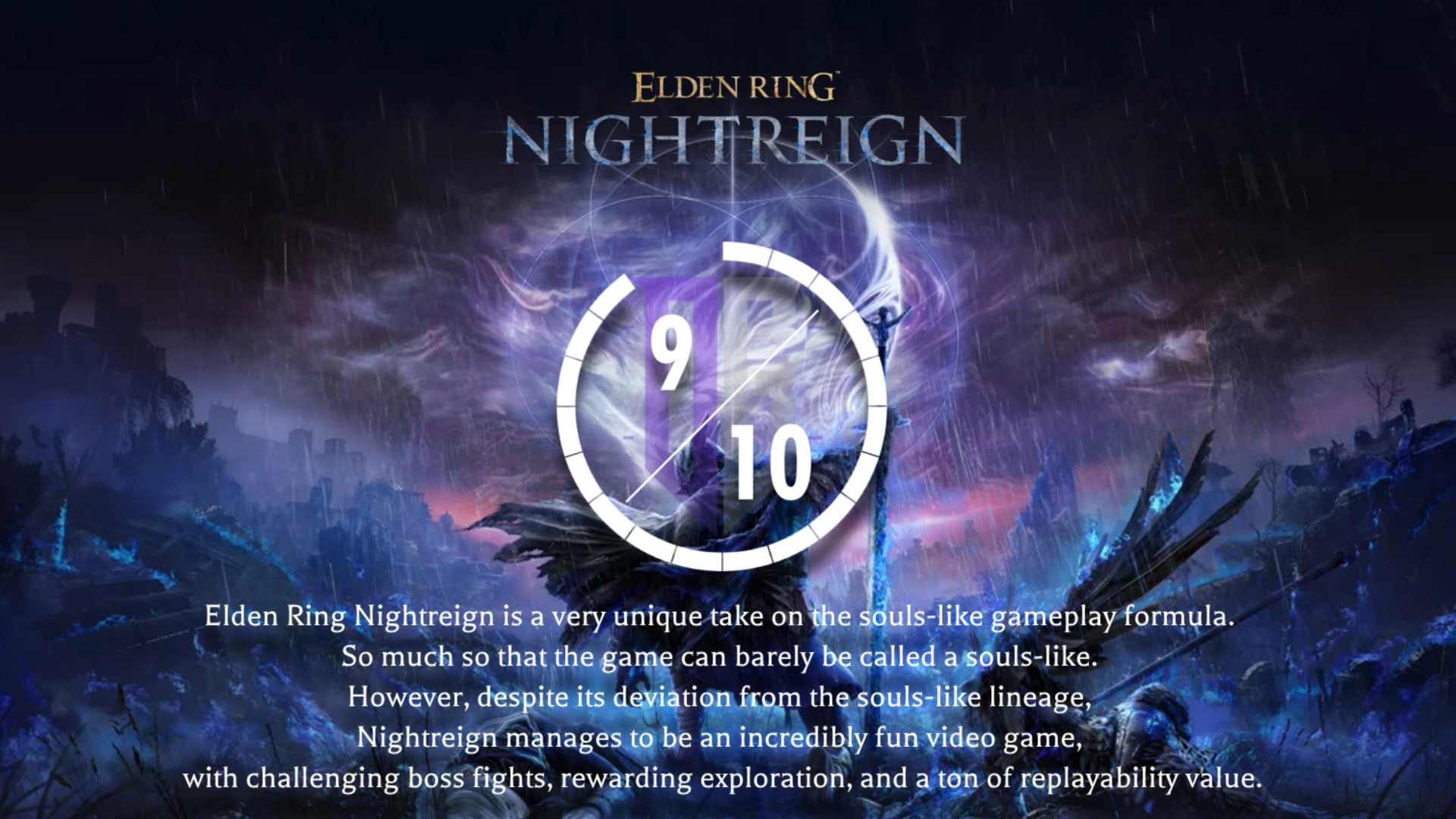
With the preamble out of the way, let’s get into the review now.
Elden Ring Nightreign: An Excellent Rogue-Like, But Divisive Souls-Like
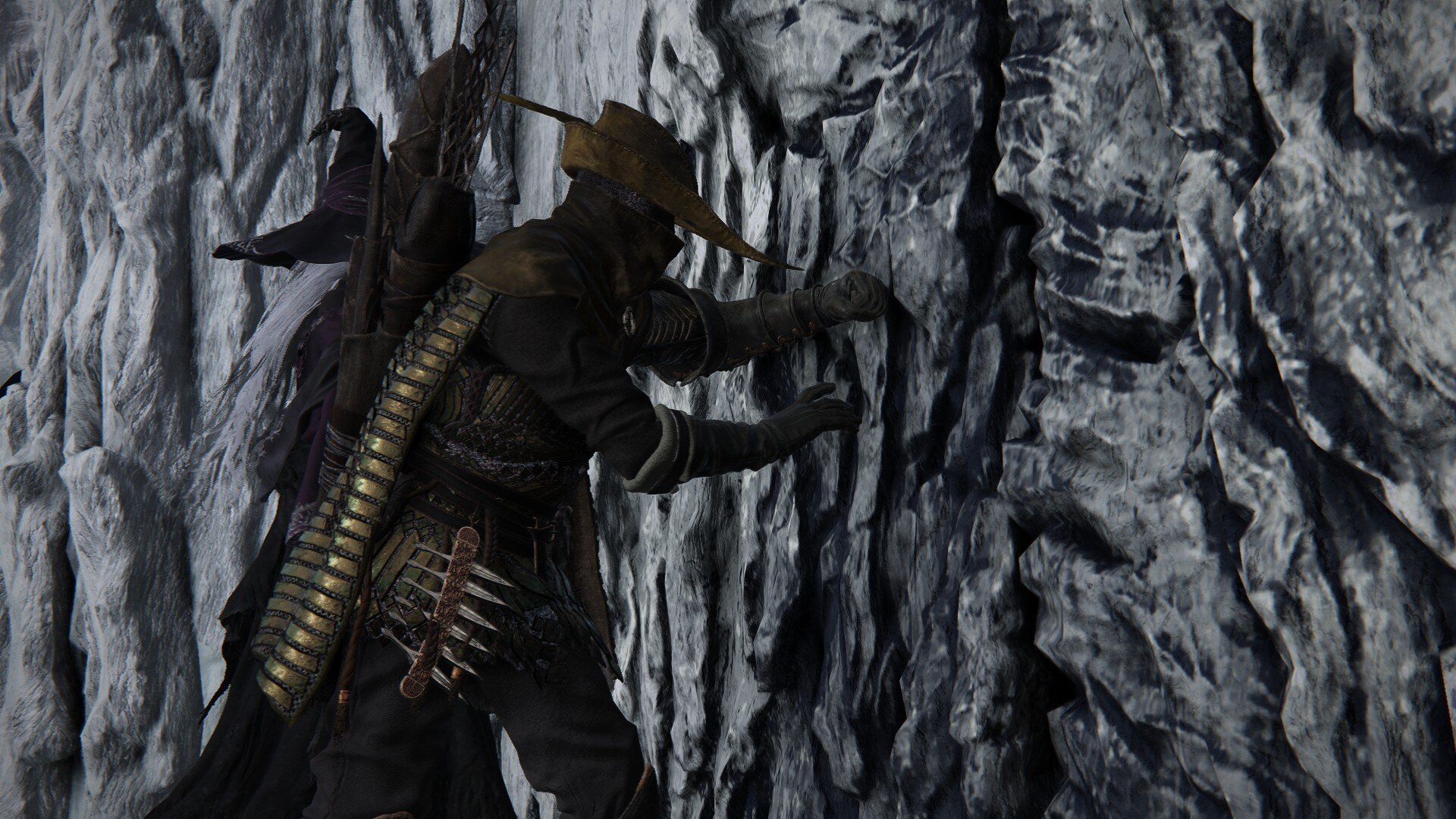
Elden Ring Nightreign has always been a very weird idea to me. Its pitch is that it’s souls-like and doesn’t concern itself with the linear stat-based progression of its predecessors. Instead, it’s more akin to rogue-likes or the “randomizer” mods for the Souls games. On paper, I understand why FromSoftware would want to make a game like this. The randomizer and permadeath mods for Souls games have always been very popular. While I don’t dabble in mods all too often, the randomizer mod for Dark Souls is what kept me coming back to the game during my college days. Additionally, the focus on multiplayer this time around is also understandable, to a degree.
Say what you will, the multiplayer, especially PvE, in FromSoftware’s games is incredibly fun. In fact, Bloodborne’s online PvE is what really drew me to the franchise. While yes, the multiplayer always felt like an afterthought in these games, when it did work, the co-op could be a lot of fun. It’s not surprising that FromSoftware would want to make a multiplayer-focused game. However, considering the history of the developer and the “Souls” franchise itself, Nightreign’s multiplayer focus can be a hard pill to swallow. In fact, I wasn’t initially on board with the idea of a multiplayer-oriented game from FromSoftware, and started my playthrough in single-player instead.
However, now looking back, I think that wasn’t the right call. While yes, it does have its fair share of issues, Nightreign is easily the most fun I’ve had playing a multiplayer game in a very long time.
Performance, Presentation, and Audio
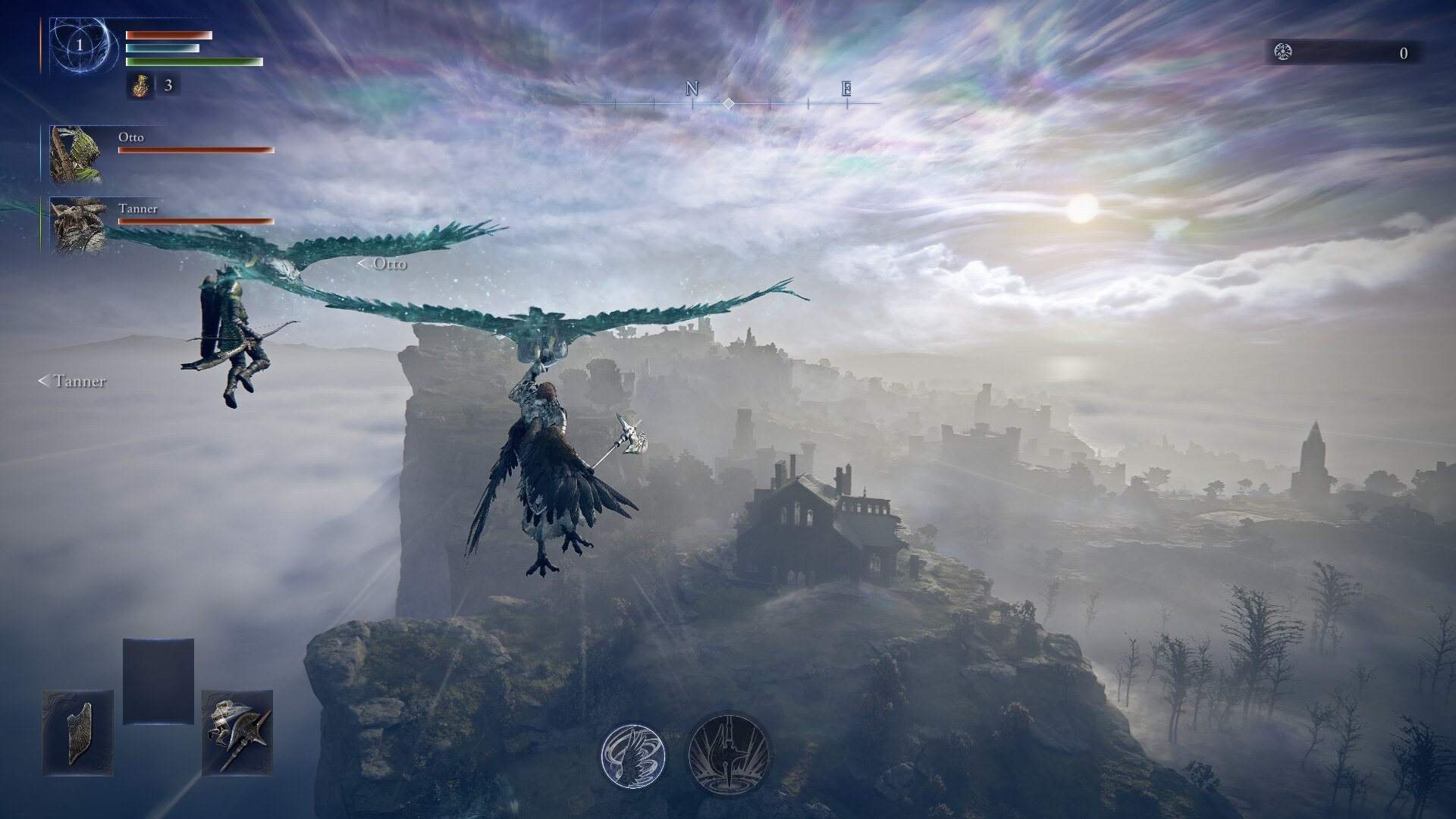
Let’s get the usual stuff out of the way first. Elden Ring Nightreign, much like its predecessor, looks excellent (for the most part). At its core, it’s still using the same engine as Elden Ring, albeit with minor tweaks. For starters, the game seems to be using an improved texture rendering system, which more or less eliminates any streaming-related issues, which were prevalent in the original Elden Ring. Additionally, the effects and transparencies are better optimized in this game and have fewer instances of stuttering or frame drops during effects-heavy boss fights. While there are frame rate drops, it’s not as frequent as it used to be in the original Elden Ring on PC.
In terms of presentation, well, it’s basically Elden Ring; however, instead of gold, the game goes with a more blueish aesthetic, in relation to the Night itself. If you’ve played any of FromSoftware’s previous Souls games, you’ll find yourself right at home with this one. However, I should mention that the UI this time around feels a tad more cluttered due to the character abilities at the bottom. However, if that bothers you, you can always turn that part of the UI off. Coming to audio, well, once again, it’s FromSoftware, they’ve yet to disappoint me with audio design in their games. Nightreign is no exception. From the title theme to the ambient sounds, it’s all just perfect.
I especially like the boss themes of Caligo (Fissure in the Fog) and the final boss. They are beautifully done. There’s also another boss in the game whose theme pays homage to one of my favorite bosses from Dark Souls, but I won’t spoil it.
Gameplay and Combat System
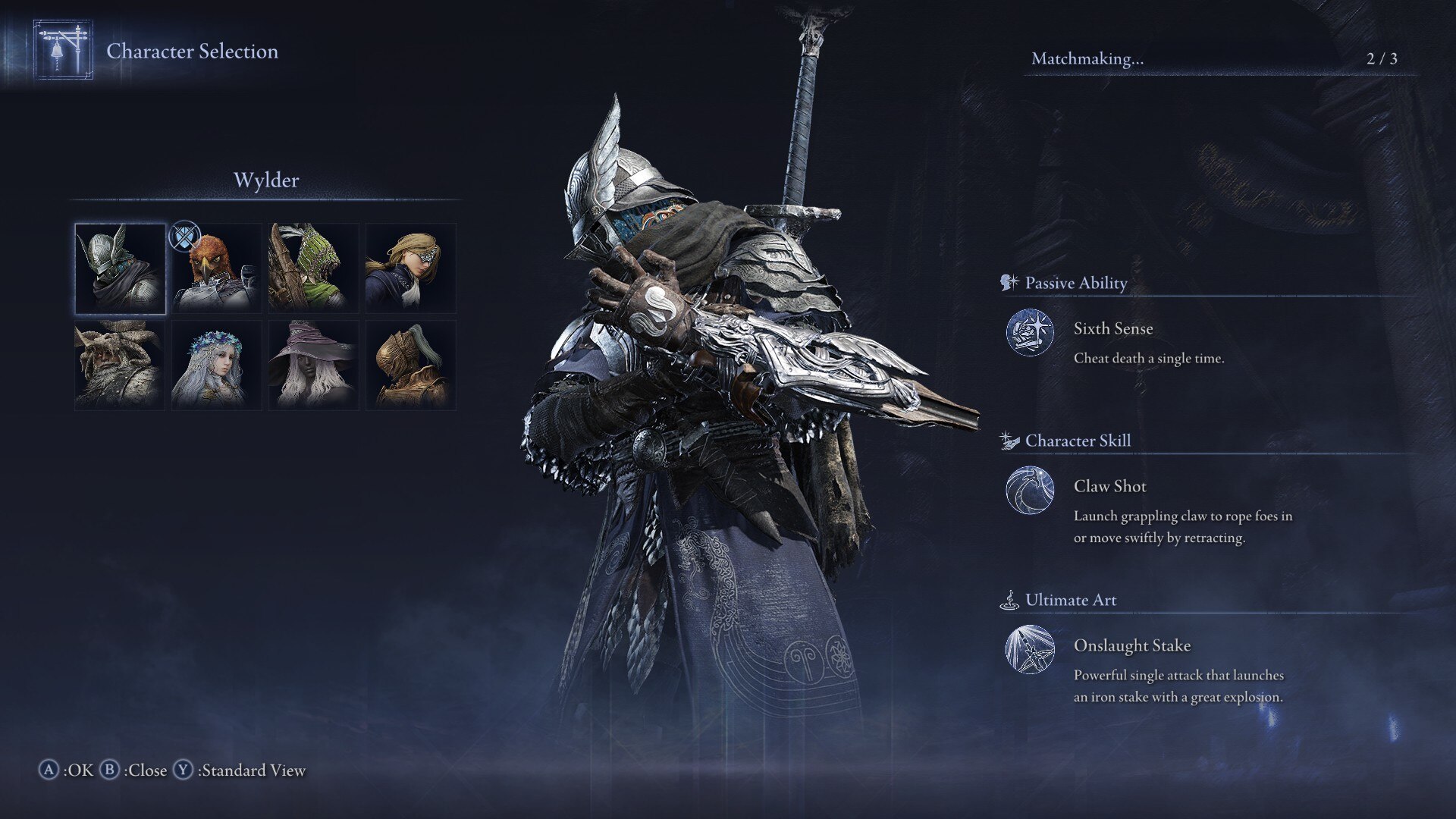
Gameplay and combat are where Elden Ring Nightreign actually gets really interesting. The core gameplay of Nightreign is basically the same as the original Elden Ring. You have your light and heavy attacks for every weapon type, your elemental affinities, and standard stuff. However, the new addition to all this is character skills. In traditional rogue-like fashion, you don’t have a custom character in Nightreign. Instead, you can choose between eight preset characters and swap between any time you want. Every character, called the Nightfarer, comes with their own set of active and passive skills. There are essentially two active skills per Nightfarer and one passive.
There’s a Character Skill, which does very little damage, but has a shorter cooldown and can be chained to either stagger enemies or increase the potency of your weapon attacks. Then there’s the Ultimate Arts, which have a longer cooldown, but deal a ton of damage on activation. Furthermore, Ultimate Arts also have secondary uses, like reviving fallen allies or granting them passive boons for a limited time. I really liked how the skills have been woven into the gameplay in Nightreign. There’s a ton of build synergies you can create with the skills alone. While weapon arts had to take a backseat to skills in Nightreign, I think that’s a worthwhile trade-off.
While the skills here aren’t as robust as, let’s say, in a proper character-action game, they are a great addition to the game. What I really like about the gameplay of Nightreign is that it’s pretty straightforward, with very little in the way of “bloat.” While there are some RPG elements, they aren’t as intrusive as they used to be in most souls-likes. You spend very little time on menus, and that’s always a positive in my books.
Progression, Or Lack Thereof
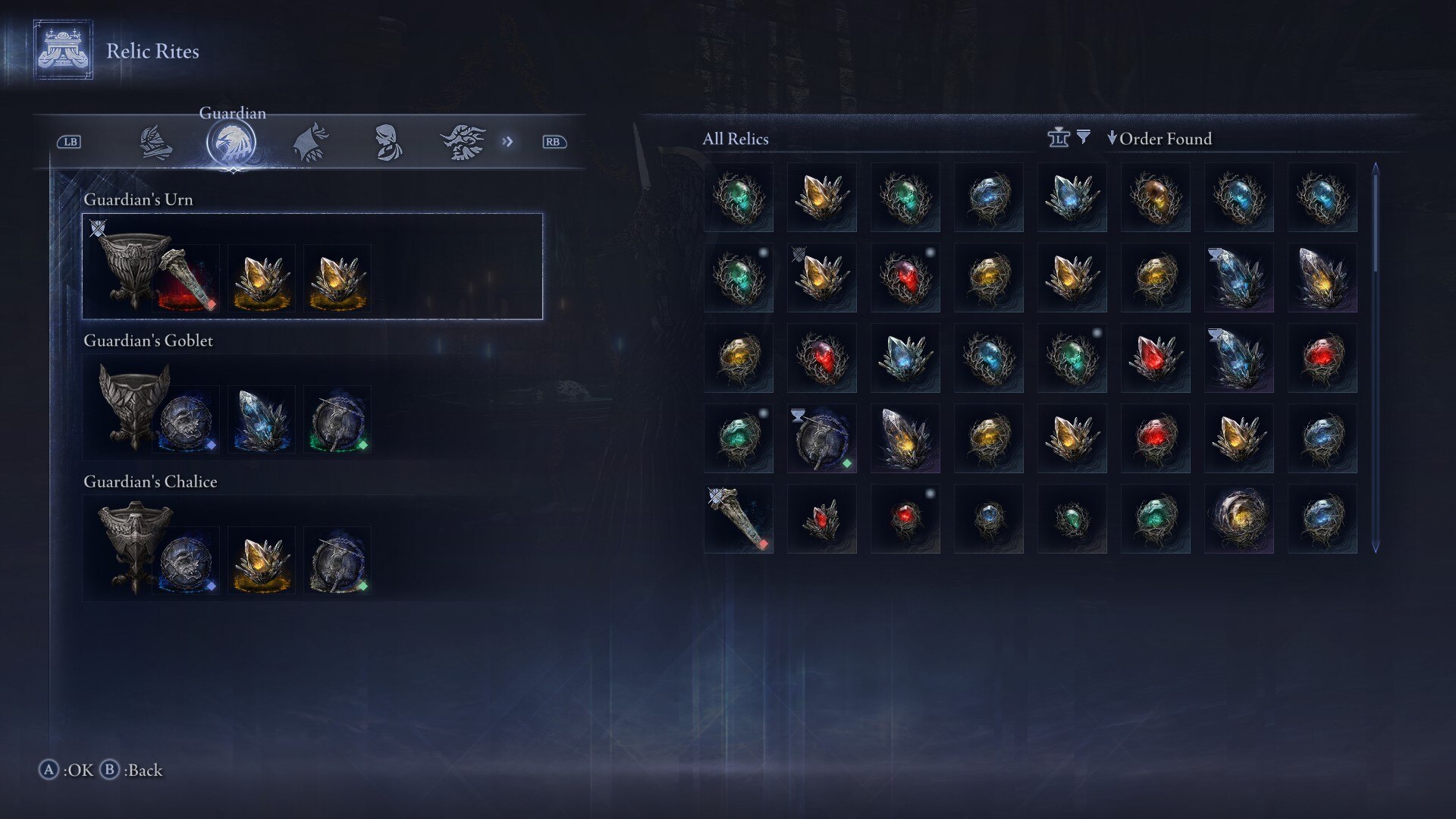
As I mentioned earlier, Nightreign doesn’t really concern itself with being a souls-like. It does not feature a linear progression system, which did feel a bit weird at first. But trust me, once you get started with the Expeditions, unlock a few Relics, and get a better understanding of the game’s mechanics, it will all start to click in. However, if you’re coming to Nightreign expecting a traditional souls-like experience, a la the original Elden Ring, you’re going to be disappointed. The biggest takeaway here is that Nightreign, despite sharing commonalities with Elden Ring, is its own thing. It’s not concerned with the narrative continuity of Elden Ring, nor is it bothered with being a souls-like.
And that, in my opinion, is a great thing. While yes, I would’ve loved to get another Elden Ring-like experience, but I also know that would not have felt half as satisfying as Nightreign. That being said, if you want to tinker with the Nightfarer’s stats, the game does offer a Relic Rites system for just that. Basically, as you go through Expeditions or complete them, you will be rewarded with Relics. At any given time, a Nightfarer can be equipped with 3 Relics. Additionally, each of these Relics can hold up to three stats, with some of these being passive perks tied to a specific Nightfarer. While it’s not much, the Relics do offer a good amount of “min-maxing” opportunity.
That said, Nightreign isn’t really about the usual “min-maxing” and build crafting. It’s essentially a game that you can play a few rounds with your friends on a weekend, to relax and socialize. And sometimes, I think games need to be just that.
Narrative and Storytelling
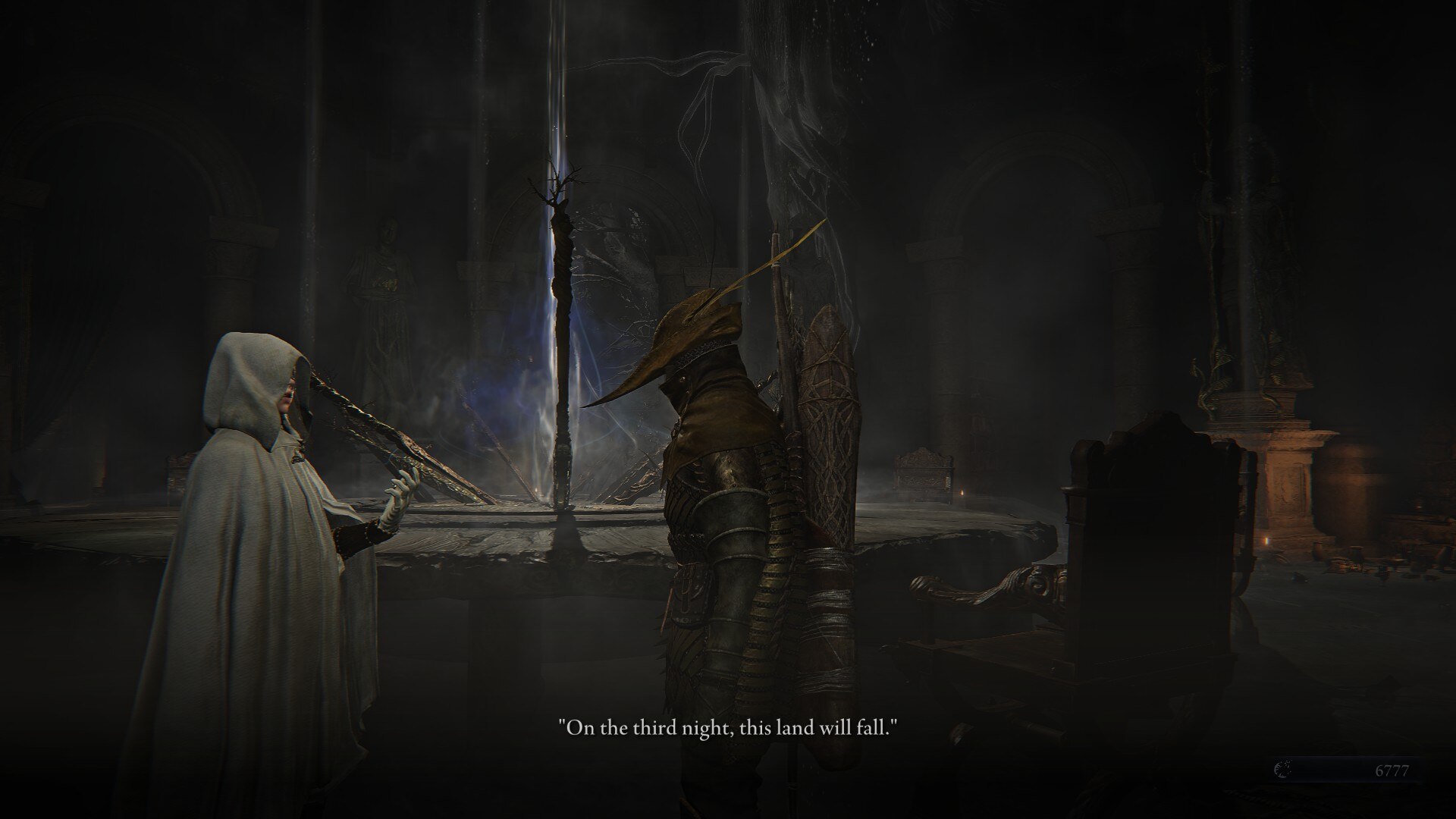
Narrative is an aspect that I was incredibly skeptical about. And even when I got my hands on the game, I wasn’t really sure what to think of it. While yes, there were some cutscenes at the start of the game that set the tone of the Expeditions and the Nightfarer’s duties, it wasn’t as “engaging” as previous FromSoftware games. However, let me tell you, if storytelling is what you’re looking for, Nightreign has you covered in that department as well. The story in this game isn’t told linearly. Instead, you have to actively work towards uncovering the story of the Nightfarers and the Nightlords. There’s a dedicated system for storytelling in the game, called Remembrances.
Essentially, when you set out on an Expedition with a Nightfarer, you can obtain Memory Fragments. These Memory Fragments can then be taken back to the Roundtable Hold to unlock optional quests for said Nightfarer. And it is in these optional Remembrance quests that the game delivers its story. Now, I will admit, the story is easily the weakest link of Nightreign. However, for a multiplayer-focused rogue-like, Nightreign offers plenty in the way of narrative. And let me tell you, some of these Remembrance quests are easily the best storytelling I’ve seen in a souls-like. Some even have secret cutscenes, and even boss fights tied to them.
That being said, there’s one major downside to the game’s narrative, that being the environmental storytelling, or lack thereof. Since Limveld is ever-changing, there’s very little in the way of storytelling. I was also a little disappointed to know that the game does not do anything with the bosses, narratively. Save for the final boss, none of the other Nightlords have any narrative context.
Boss Designs and Spectacle
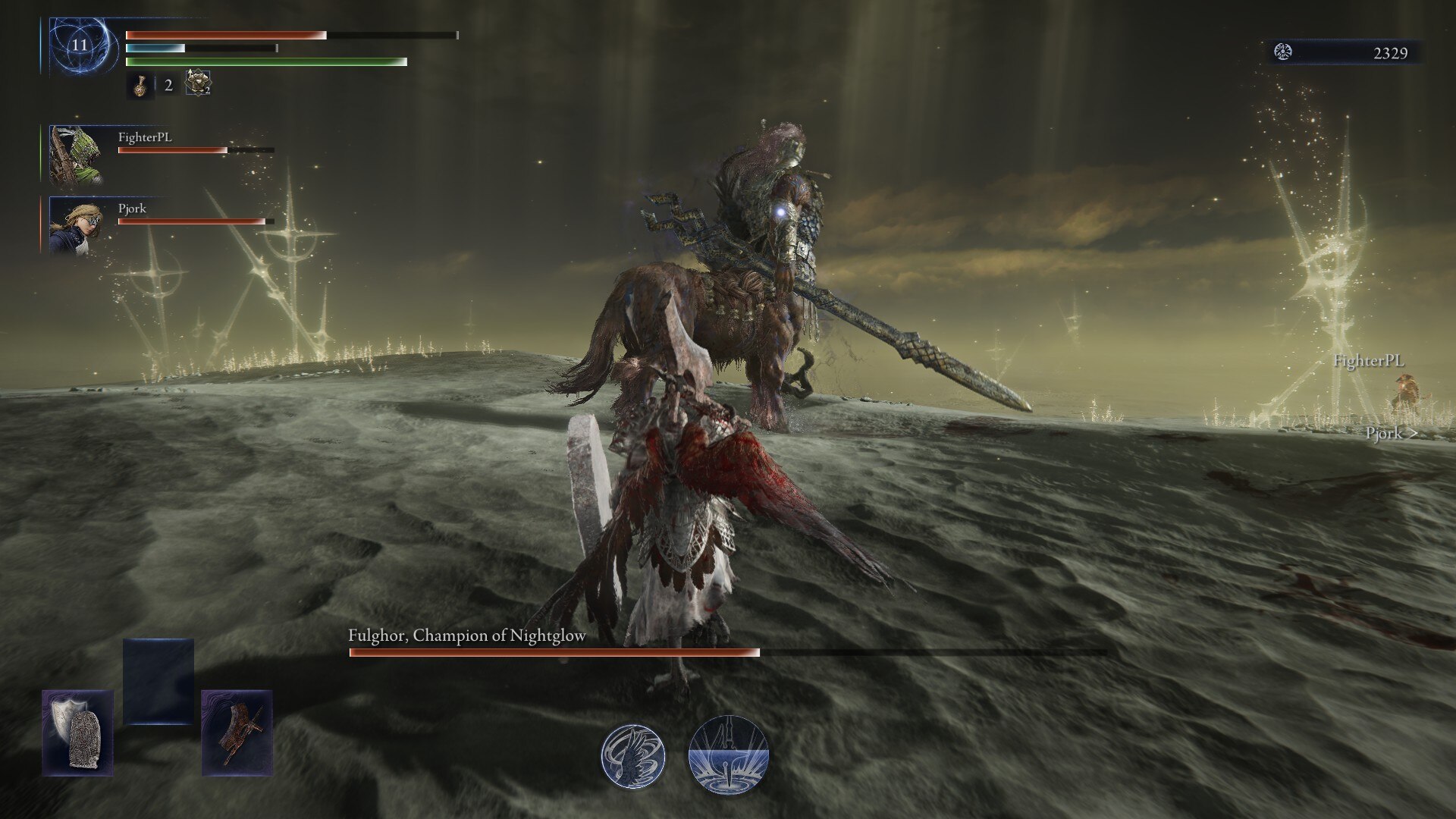
While the Nightlords might not have much in the way of the story, they do offer a good deal of challenge. The bosses in Nightreign are easily the highlight of the entire game. And some of these bosses are easily the best FromSoftware has ever created, both in terms of their spectacle and difficulty. While there are only eight Nightlords in the game, there are other bosses that you might not have seen in Elden Ring before. I won’t spoil anything, but if you have seen the game’s trailers, you can already guess what I’m referring to. Additionally, some of the returning bosses from the original Elden Ring have received a moveset overhaul in Nightreign.
Margit and Godskin Noble, for instance, have new movesets available to them, which can easily catch you off guard the first time around. And yes, Godskin Duo is back in Nightreign, but with a cool new twist, which I will let you figure out on your own. I should also touch up on the returning bosses from previous FromSoftware games. I was very much looking forward to fighting bosses like Nameless King, Centipede Demon, etc., in Nightreign. And honestly, despite the Nightfarers being far overpowered compared to the Chosen Undead or the Ashen One, these bosses were quite a challenge. However, they still don’t hold a candle to the Nightlords.
All eight Nightlords in Nightreign are incredibly well-designed bosses, which are both fun to fight and learn. Also, it helps that these bosses are incredibly challenging as well. The Nightlords are easily the hardest bosses FromSoftware has crafted so far. However, at no point will they feel unfairly difficult. And that’s precisely what I like about bosses in these games.
Limveld and the Level Design
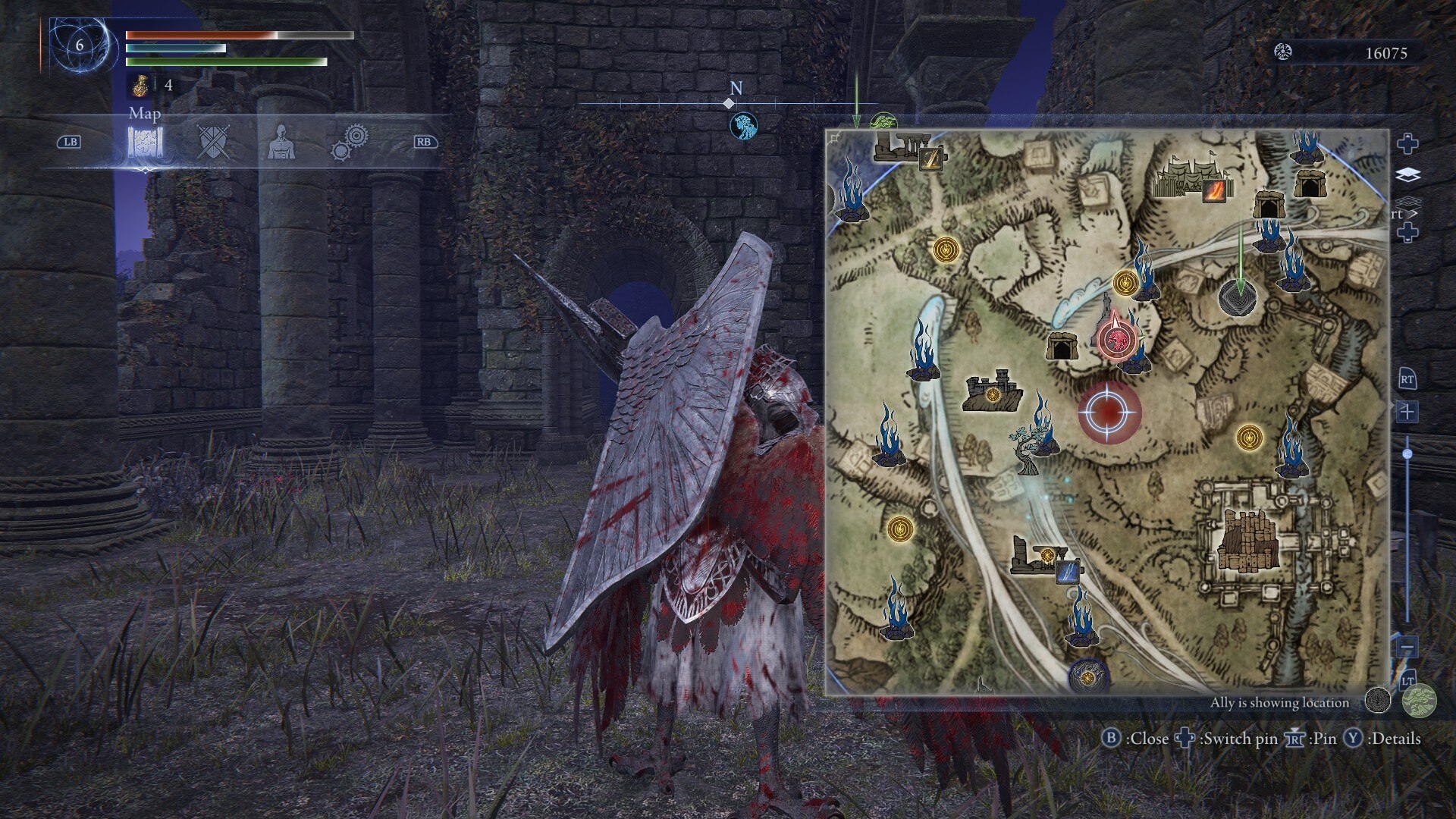
Following the game’s announcement, FromSoftware’s president and creative director, Hidetaka Miyazaki-san, mentioned that Nightreign’s map is roughly the size of Limgrave. And while that is true, there are a few caveats to it. Nightreign is set in Limveld, an alternate version of Limgrave. On your first Expedition, you only get to see a small part of Limveld. However, once you defeat a handful of Nightlords, you will unlock a feature called Shifting Earth. The Shifting Earth is essentially a random event, which adds a whole new locale for you to explore in Limveld. These locales are essentially Nightreign’s version of the Legacy Dungeons, and I love this feature.
Basically, during Shifting Earth, you will get a new location open in part of Limgrave. These locations not only feature bigger bosses but also incredibly powerful loot. For instance, if you get a Rotted Woods Shifting Earth event, you will see a Rot-covered section pop on on the south of Limveld. Stepping foot into this area will immediately start inflicting you with Scarlet Rot. However, if you take your time to uncover the secret of this locale, you can not only negate the effects of Rot for that run, but also gain a boon. Every Shifting Earth event has its own specific boon, with some offering Legendary-tier weapon upgrades and others giving you a passive buff.
Additionally, these dungeons are static in terms of their layout, with only the loot being randomized. As such, you can easily learn the layout of the Shifting Earth locales after a handful of Expeditions. I really like this feature. It essentially adds a “high-risk-high-reward” element to the Expeditions.
Multiplayer and Single-Player Game Modes
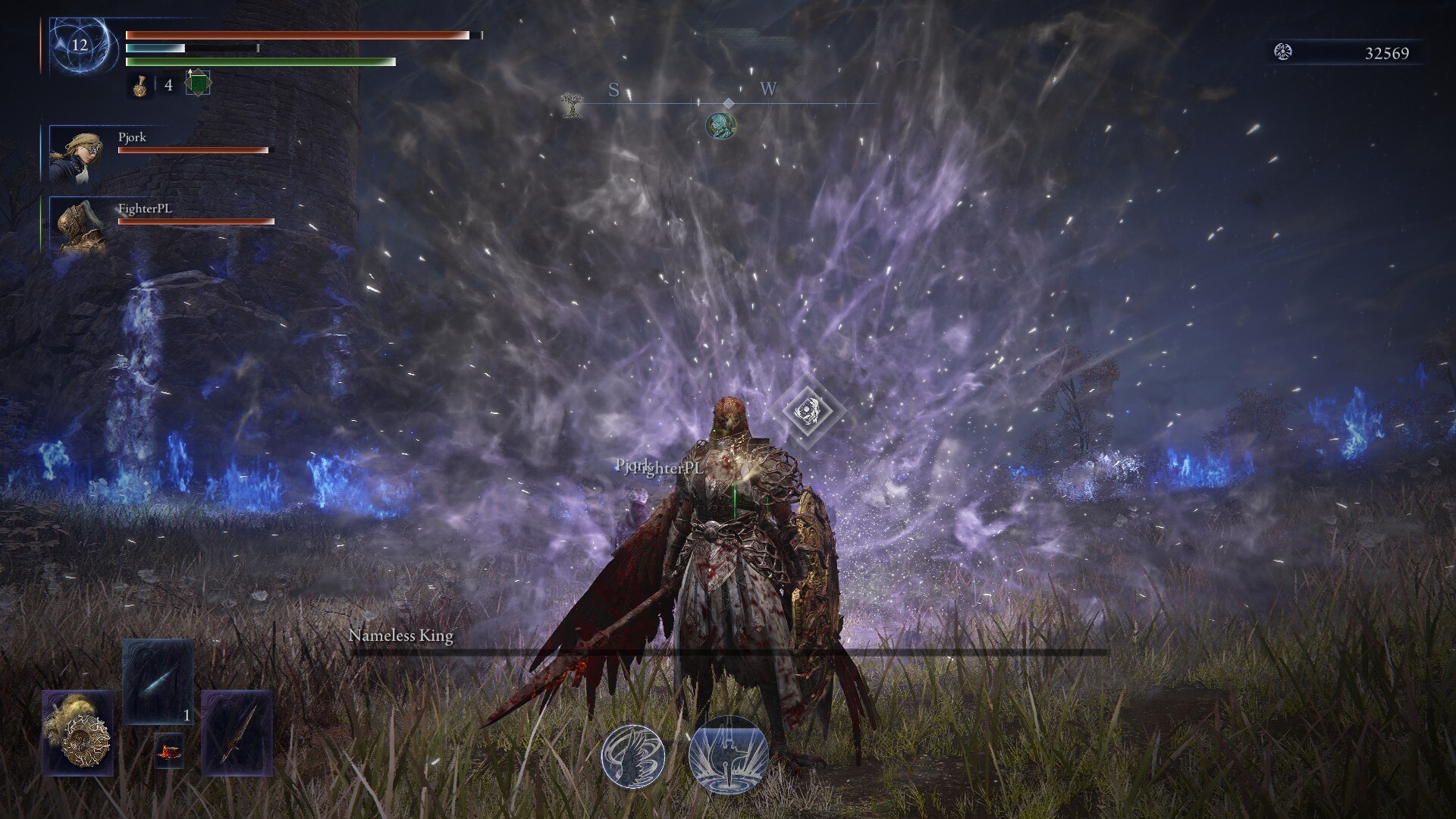
Elden Ring Nightreign is advertised as a multiplayer game, and in my experience, it’s best played in co-op. Bandai Namco even provided us reviewers with a dedicated Discord server to matchmake with each other and get through the game. And honestly, in my entire career as a games journalist, this was the most fun I’ve had during the review process of a game. We would have long discussions on Nightreign’s lore, debates on which bosses we found to be “overtuned,” and also, some genuinely “clutch” moments where we snatched victory from the literal jaws of defeat. These were the moments that made me realize why FromSoftware wanted Nightreign to be a co-op-focused game.
That being said, if you still want to go solo, the game won’t stop you from doing that. There’s a dedicated single-player mode in Elden Ring Nightreign. And, much like in FromSoftware’s previous titles, the single-player mode is balanced to be a fair and fun experience for solo players. However, given the rogue-like nature of the game, going solo is significantly more challenging than going into an Expedition with a team. While bosses and enemies do have less HP, they still hit like a truck, and making one wrong move can often cost you your run. However, to help solo players, the game does feature a revive mechanic, which can be used once per encounter.
You can essentially buy an item called Wending Grace from merchants across Limveld. And keeping this item equipped automatically revives you once, after death, akin to Sekiro. However, I still think Nightreign is more fun when played in co-op.
Few Shortcomings
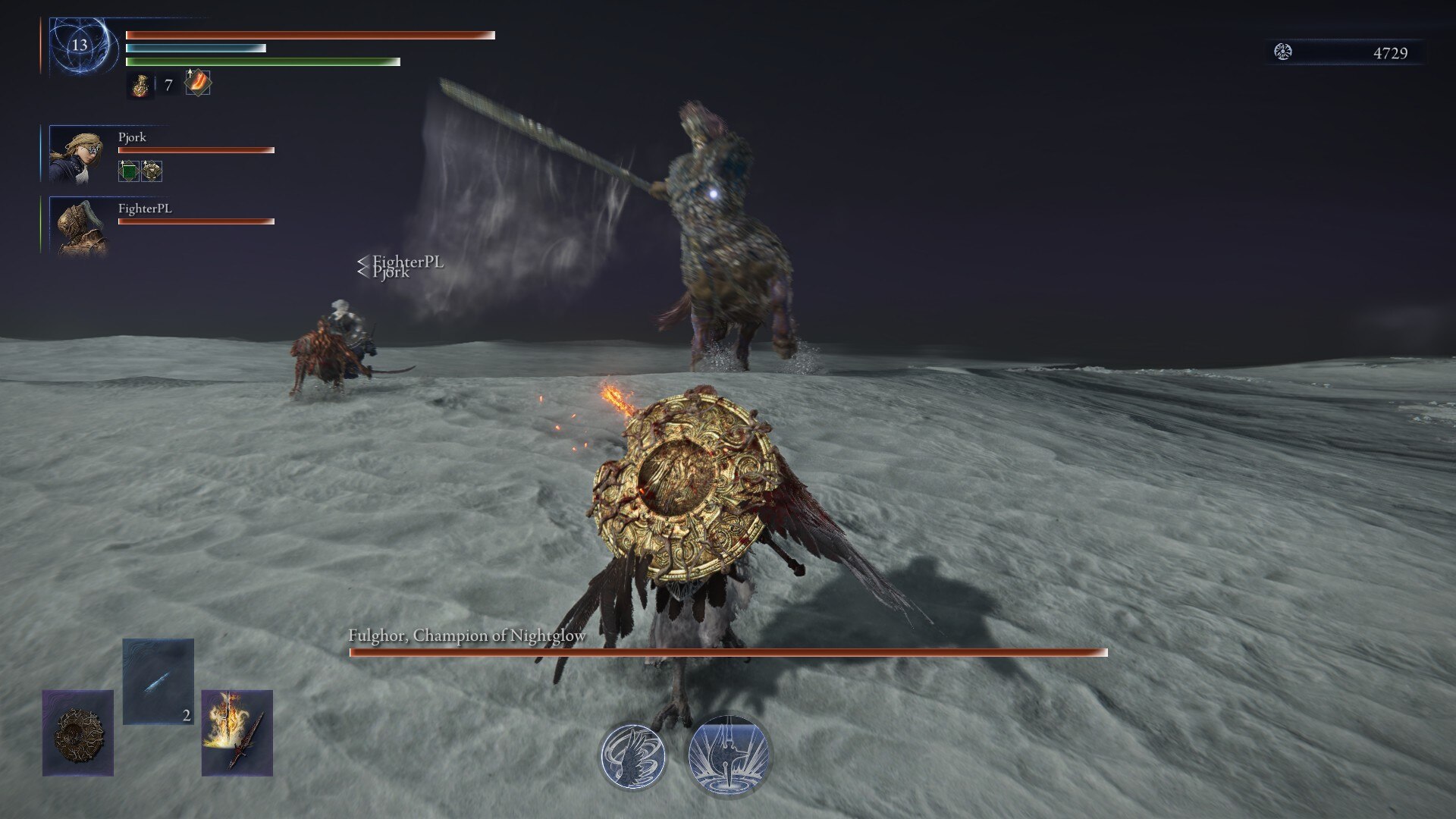
Now for the stuff that I never like writing about, the negatives. Thankfully, with Elden Ring Nightreign, I did not find too much to complain about. The only issue I would like to talk about is the game’s onboarding process, which, for a game that’s vastly different from previous FromSoftware titles, isn’t that intuitive. Although there is a brief prologue section that acts as a tutorial of sorts, it’s not going to explain everything to a new player. Much like past FromSoftware titles, most of the game’s systems are conveyed via tutorial texts in the menu. And given the ambitious rogue-like nature of the game and its progression, I think there needs to be better tutorials than just plain text.
Lastly, another minor nitpick of mine is the balancing in the game. While for the most part, the balancing of difficulty across both multiplayer and single-player modes is near perfect. However, some bosses can feel a bit, well, “overtuned.” For instance, Libra, the goat-headed boss of the Equilibrious Beast Expedition, has really weird tracking where it can instantly teleport over to your location without any telegraph, and immediately summon an AOE attack around your Nightfarer. His teleporting can often catch you off guard, and the AOE follow-up can almost immediately inflict Madness. While it is a fun boss to fight, the tracking of his attacks feels very artificial.
Also, some of the bosses do feel like they just have way too much health. For instance, Caligo, the beast of the Fissure in the Fog Expedition, can easily take up to 15 minutes to kill, even if you use affinities that impair him. That said, I think these balancing issues will eventually get patched with post-launch updates.
Netcode and Live Service Elements
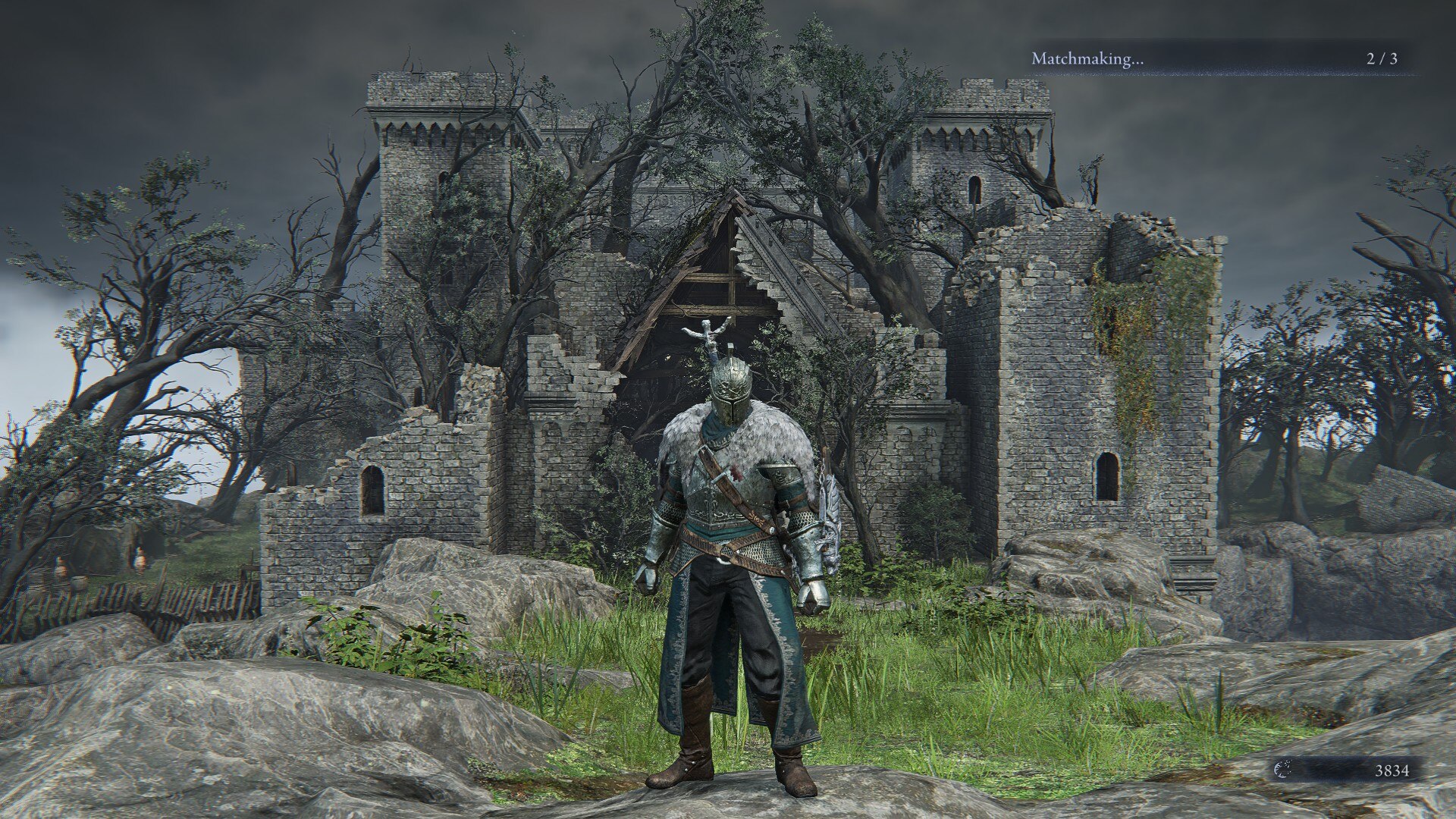
Lastly, I should mention that, unlike Elden Ring, Nightreign has a rather solid netcode. During my 60 hours with the game, I never faced any major connection-related issues. However, that’s not to say there are no issues. Some of the other reviewers I was playing with did mention getting connection-related issues, and even lag spikes. I did have one instance where the game’s connection dropped, and it booted me back to the main menu. However, I was able to quickly rejoin the same lobby and active Expedition via the session recovery system. For the most part, the online systems in Nightreign are pretty solid, at least that’s what my experience dictates.
However, I do think these connection-related issues will get ironed out by the time the game comes out. Also, you can play the game fully offline if you want. However, doing so will lock you out of the co-op element, naturally. And lastly, I should confirm that Elden Ring Nightreing isn’t a live-service. It’s a feature-complete game that you can play both solo and co-op. There are no live service elements in the game, such as microtransactions, battle passes, etc. Elden Ring Nightreign is a feature-complete game, with cosmetics that you can only unlock via gameplay, just like how every other FromSoftware game works.
Speaking of cosmetics, Nightreign has some genuinely awesome outfits for the Nightfarers that will give you reason enough to replay the Expeditions.
In Conclusion
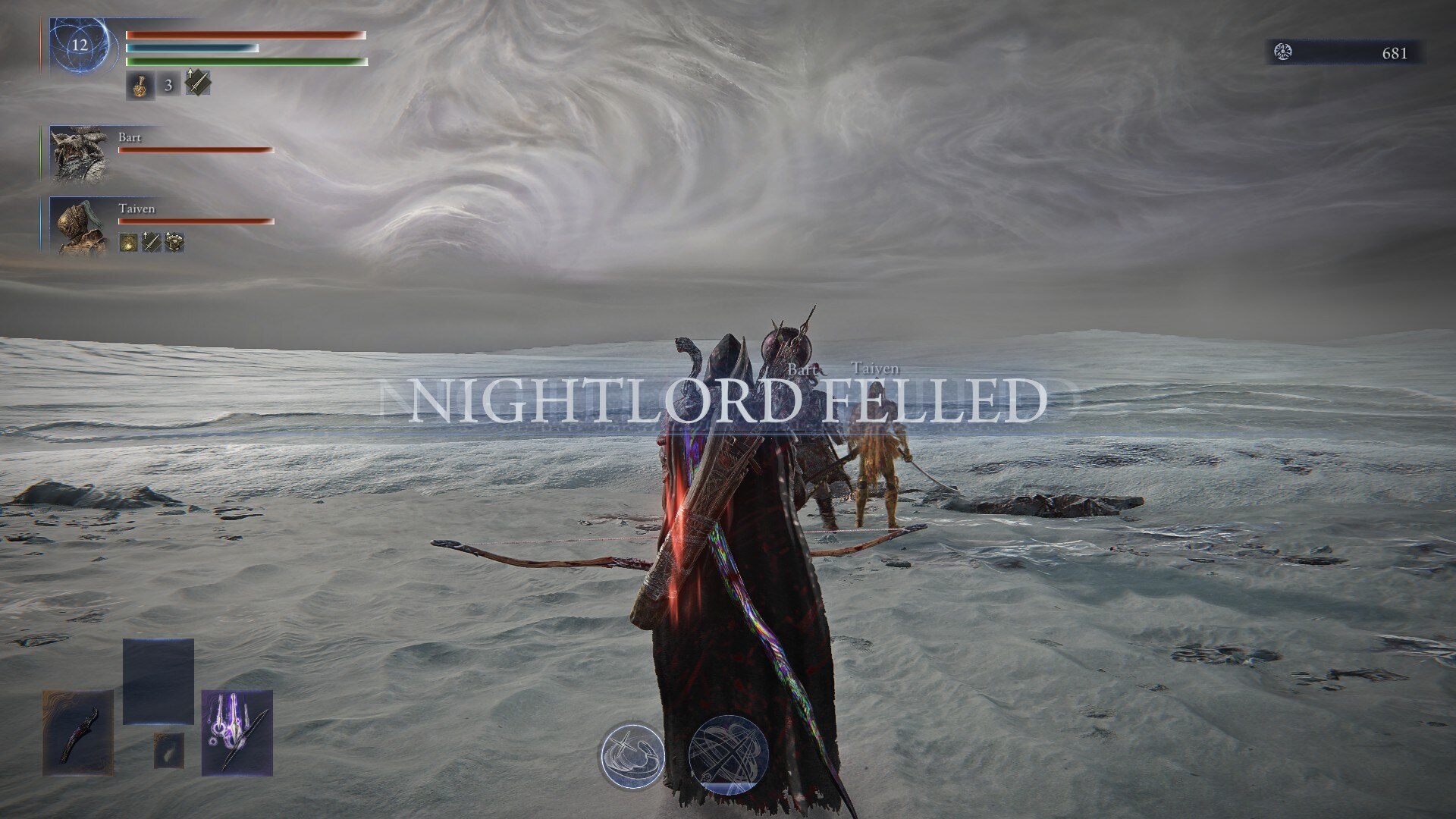
Elden Ring Nightreign is everything I like about a traditional FromSoftware experience, wrapped within a rogue-like shell. While I do understand the skepticism some players might have going into this game, I do think it deserves attention, on the virtue of being something different. Sure, it would’ve been easier for FromSoftware to package the game as another Elden Ring-like. However, I’m glad they took their chances and gave us something truly unique. While Nightreign isn’t as revolutionary as its predecessor, it’s still a game with a lot of heart. And at its core, it’s still an incredibly fun video game, and you know what? Sometimes, games need to be just that, fun.
If you’re a fan of Elden Ring or FromSoftware’s games in general and are looking for a polished, feature-packed co-op game to play with your friends over the weekends, I think Elden Ring Nightreign has you covered. Also, even if you’re a single-player-only kind of player, just like I am, I think you should still give the game a shot.
Thank you for reading the article. We provide the latest news and create guides for Baldur’s Gate 3, Starfield, ARK Survival Ascended, and more. Also, watch Deltia play games on Twitch or visit his YouTube channel!
 Reddit
Reddit
 Email
Email

